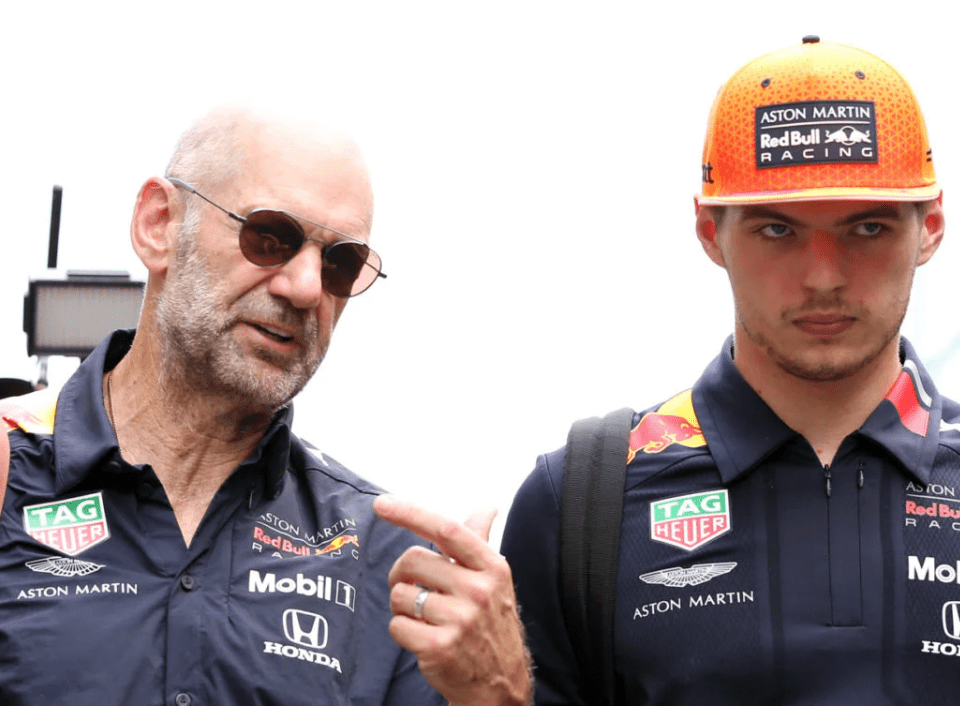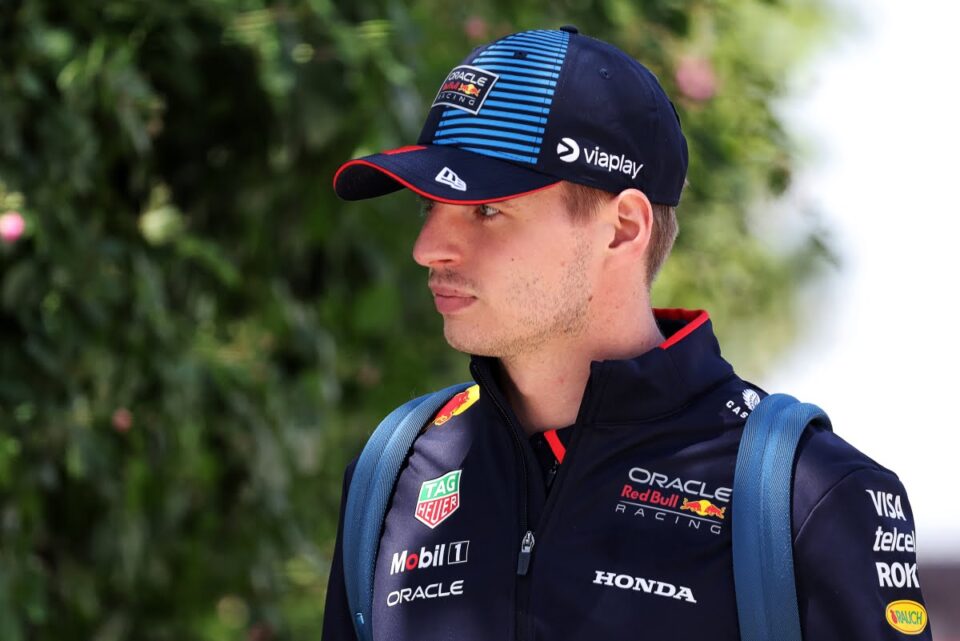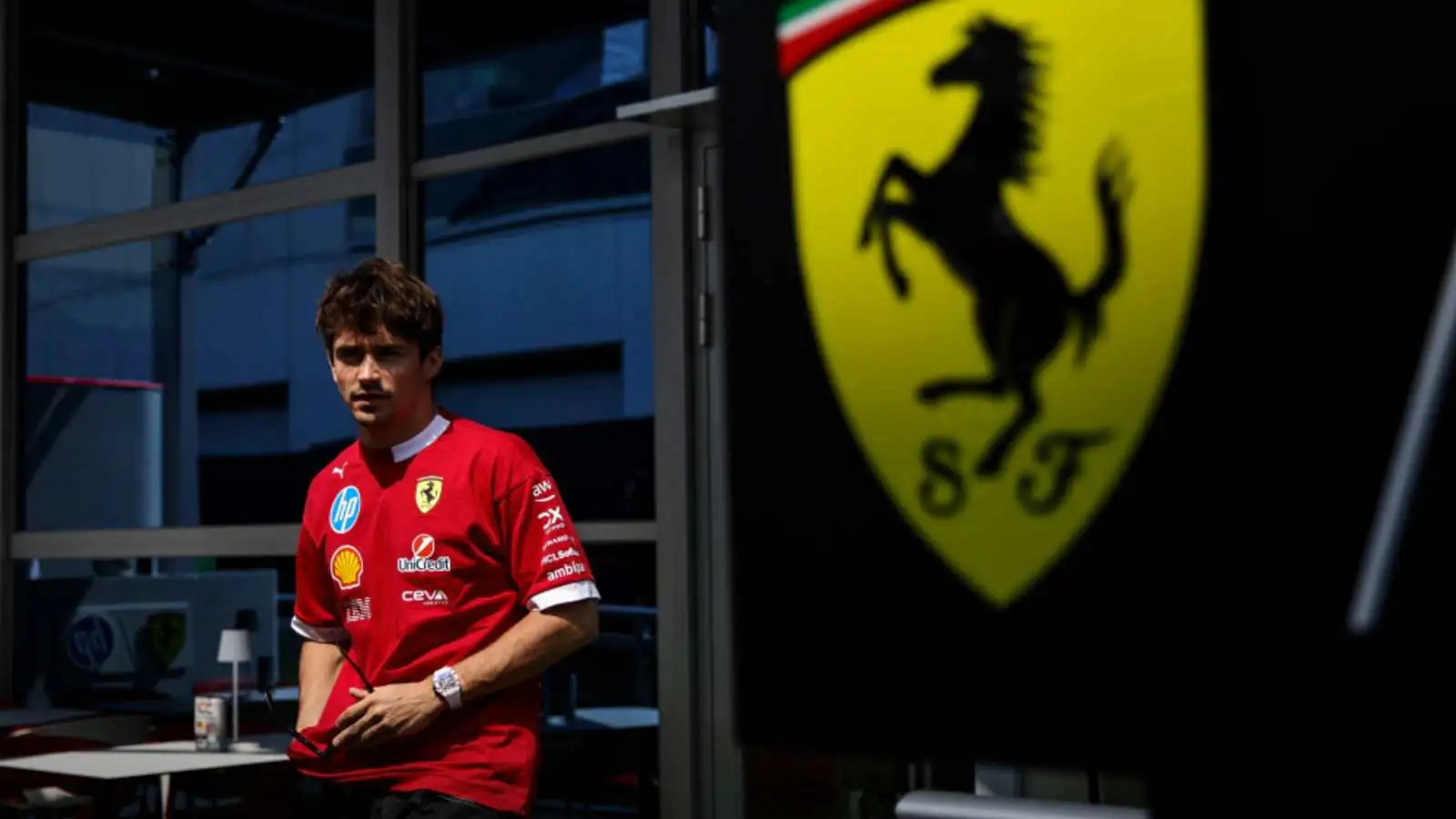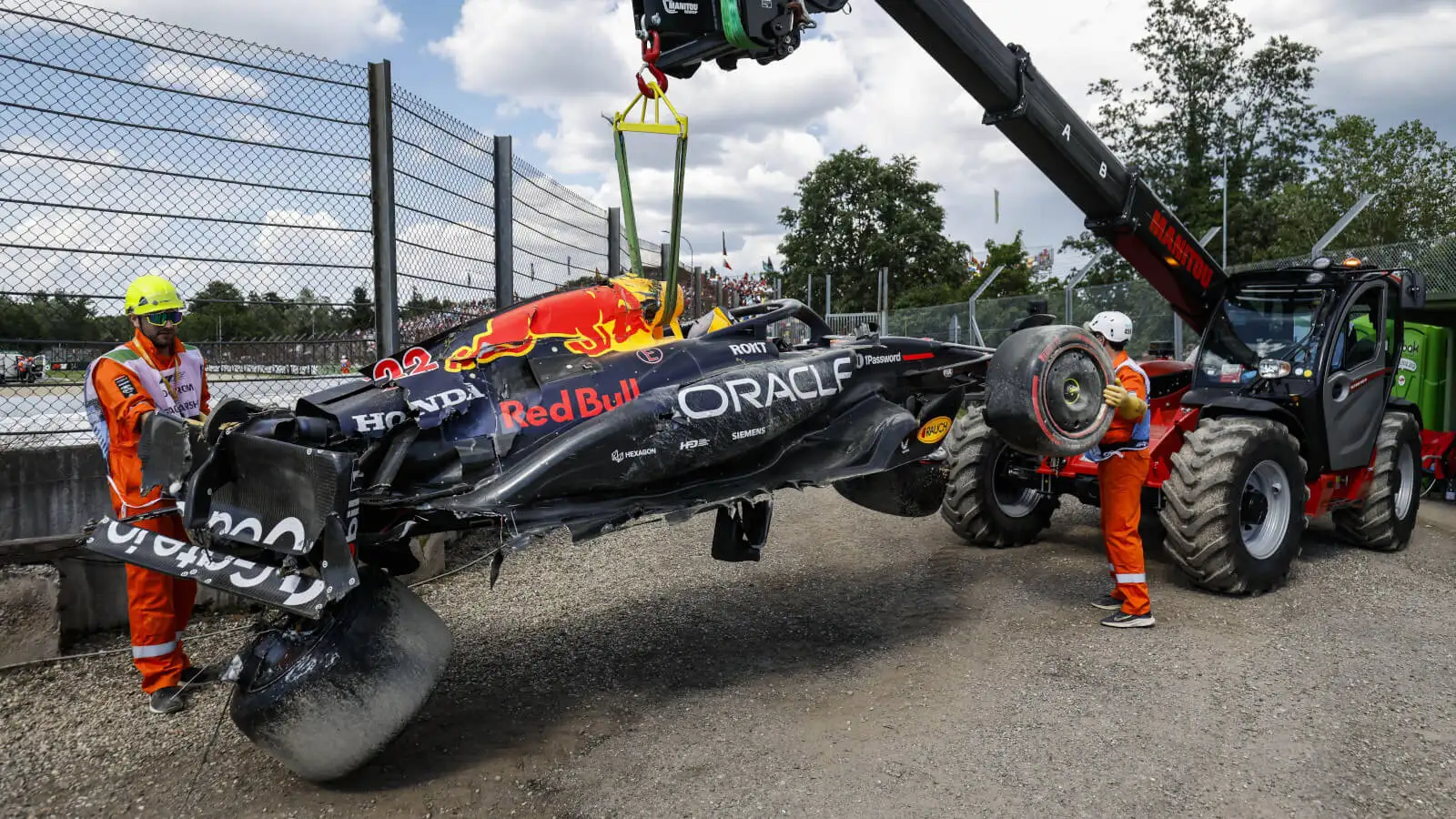Formula One is gearing up for its most dramatic regulatory changes yet, set to take effect in the 2026 season. Central to these changes is the retention of the V6 turbo hybrid engines, albeit powered by new biofuel, and a significantly enhanced role for battery power, which will see a more than 300% increase in its contribution to the car’s BHP. Yet, the most intriguing aspect of these changes lies in the introduction of moveable aerodynamics on both the front and rear of the cars, designed to enhance downforce in corners and reduce drag on straights. This ambitious overhaul has sparked a wave of reactions across the paddock, with team bosses and drivers eager to weigh in on the potential impacts.
In the lead-up to the Canadian Grand Prix, the FIA released the draft regulations, prompting mixed reactions from various stakeholders. Red Bull’s Christian Horner called for ‘enough freedom’ within the new rules to allow for differentiation between cars, cautioning against a uniform approach that might stifle innovation. Meanwhile, reigning champion Max Verstappen openly ridiculed the modest weight reductions proposed by the FIA, suggesting that a more significant reduction of 100-150kg would be required to achieve the desired agility and performance. Verstappen expressed skepticism about the feasibility of the current targets, pointing out that even a 30kg reduction seems optimistic given the current state of F1 car designs.
Red Bull’s Perspective
Red Bull’s Christian Horner has openly expressed his concerns regarding the new 2026 regulations. Horner, known for his candid comments, has emphasized the need for enough freedom within the new rules to allow for differentiation between cars. He argues that a rigid set of rules could stifle innovation and lead to a grid where all the cars look identical. ‘As Colin Chapman used to say, show me the rules, and I’ll decide if I enter or not,’ Horner humorously remarked.
‘It’s tricky, isn’t it?’ he continued, highlighting the delicate balance between regulation and innovation. Horner hopes that the collaboration between the FIA and the teams doesn’t devolve into self-interest battles, which could compromise the goal of improved racing. His primary concern is that the new regulations maintain enough flexibility for teams to explore different design philosophies and strategies.
Verstappen’s Critique
Reigning F1 champion Max Verstappen has been particularly vocal about his dissatisfaction with the proposed regulations. Verstappen ridiculed the modest weight reduction targets, labeling them as insufficient for achieving the desired agility and performance of the cars. ‘You need at least 100-150kg [reduction],’ he stated, downplaying the FIA’s aim of a 30kg reduction. Verstappen believes that even this smaller reduction is optimistic given the current design constraints of F1 cars.
He pointed out that the hybrid power units, while adding to performance, also contribute significantly to the cars’ weight and size. ‘At the moment with how everything is, for sure it’s not possible. But that is also to do with the engine, right? Engine and battery related – it’s very heavy and long, wide,’ he noted. Verstappen suggested that a substantial reduction in weight could only be achieved by rethinking the power unit architecture, possibly moving away from hybrid systems in the future.
Engineering Challenges
Engineering the new regulations will pose significant challenges, especially with the emphasis on increased battery power. The FIA’s target is to triple the battery’s contribution to the car’s BHP, which inherently adds more weight due to the larger batteries required. This presents a paradox where the desire for more power conflicts with the goal of reducing weight. FIA Single Seater Director Nikolas Tombazis defended the feasibility of these targets, stating, ‘We’ve got a range of areas where we know weight will go up. And we’ve got a range of areas where we know weight will go down.’ He believes the targets are challenging yet achievable.
F1 supremo Stefano Domenicali has hinted at a future where hybrid units might be phased out if sustainable fuels prove successful. ‘F1 has always been seen as having the lightest and best cars, so if sustainable fuels are successful we could go back to a situation where the battery is not needed any more,’ Domenicali said. This statement offers a glimpse into a potential long-term vision for F1, where the balance between power and weight could be more favorably managed.
Concerns Among Teams
While Horner and Verstappen have been outspoken, other team bosses have largely remained tight-lipped about their positions on the new regulations. Teams are currently engaged in discussions with the FIA to refine the proposals, but they are not permitted to start wind tunnel testing until 2025. This limitation means that while theoretical concepts and solutions can be considered, practical testing is still a year away.
The delayed timeline for testing adds another layer of complexity to the already challenging task of developing the new regulations. Teams must balance their development of 2025 vehicles under current rules while preparing for the drastic changes anticipated in 2026. The lag in practical testing could potentially lead to a rushed design and development process as the 2026 season approaches.
Impact on Racing Dynamics
The introduction of moveable aerodynamics on both the front and rear of the cars is one of the most ambitious aspects of the new regulations. These changes aim to increase downforce in corners and reduce drag on straights, theoretically enhancing overtaking opportunities and overall racing spectacle. However, the true impact on racing dynamics remains to be seen and will be heavily influenced by how well teams adapt to and implement these new technologies.
Drivers and engineers alike will need to navigate these changes, adjusting their strategies and car setups to maximize performance under the new regulations. It’s a period of uncertainty but also an opportunity for innovation and skill to shine through as teams work to gain competitive advantages under the new rule set.
In summary, the sweeping changes proposed for the 2026 Formula One season have ignited a high-stakes debate within the paddock. The most dramatic shift involves enhancing the role of battery power and the introduction of moveable aerodynamics, alongside a continued commitment to V6 turbo hybrid engines fueled by biofuel. While these changes are seen as necessary for the future of the sport, they bring significant engineering challenges and uncertainties.
Red Bull’s Christian Horner has called for flexibility within the regulations to foster innovation and avoid a grid of look-alike cars. On the other hand, reigning champion Max Verstappen is skeptical, citing the modest weight reduction targets as insufficient. He believes that a radical rethink of the power unit architecture might be needed to truly achieve the desired performance enhancements.
The engineering community is divided, with some, like FIA Single Seater Director Nikolas Tombazis, expressing confidence in meeting the challenging targets, while others doubt the feasibility. The potential phasing out of hybrid units if sustainable fuels become viable adds another layer of complexity to the long-term vision for F1.
As teams prepare for these monumental changes, the 2025 window for starting wind tunnel tests looms large. It’s a period of both great uncertainty and opportunity, where the ability to adapt and innovate will be crucial for success. The 2026 regulations represent a bold step forward, but only time will tell how effectively the teams and the broader F1 community can navigate this transformative era.










